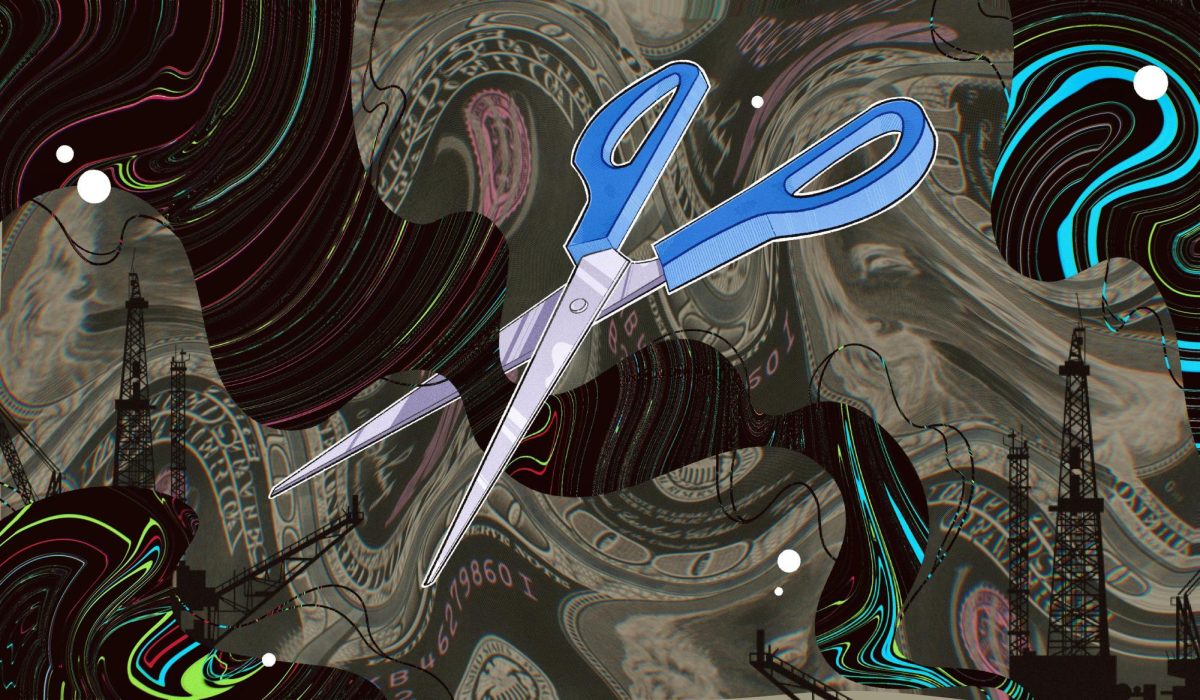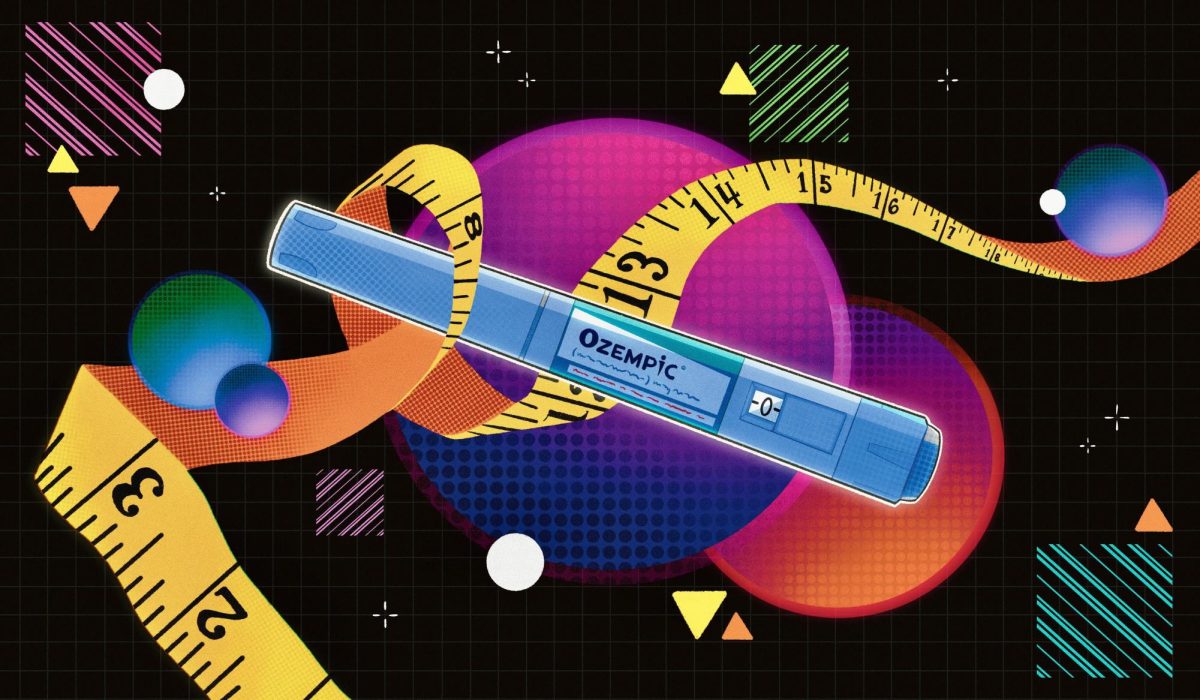For over thirty years, the United States government has been engaged in the so-called ‘War on Drugs’ in an effort to rid the nation of illicit drugs. This drug policy has cost billions of dollars over the thirty-year period and has had far-reaching consequences on society in the United States and around the world.
The current United States drug policy began in earnest in the early 1980’s after Ronald Reagan was elected president. In the decade preceding the beginning of the current policy, the United States was implementing many drug policies that were focused on the reduction of crime and harm associated with drug abuse. President Richard Nixon endorsed the use of methadone clinics in the Washington DC area, which had an effect on reducing crime in the area as well as functioning as a harm reduction measure. A wave of medically based evidence about the virtues of harm reduction policy gained momentum under the administration of Jimmy Carter. Furthermore, experts with medical training held important drug policy positions, which gave credence to a focus treating drug abuse as a public health problem.
However, when President Reagan came into office, this all changed. Official United State drug policy shifted from a health-based approach to an enforcement-based approach (Mares, 132). The distribution of funding between demand reduction policies and supply policies were flipped on its head, with the majority of the funding going towards crime-fighting efforts. New officials who had no medical training were brought in to take key drug policy positions and the methadone program that Nixon had initiated was halted.
The forces behind implementation of the War on Drugs involved many key players and groups who were able to weld influence on the direction of official US drug policy. The key actors behind this new paradigm viewed the drug problem through the lens of social deviance. One such actor was Carlton Turner, who as Reagan’s director of Drug Abuse Policy Office said after shifting funds from rehabilitation, “if people can afford to go out and buy cocaine, why should the government pay for their treatment?” (Mares, 133) This sums up the attitude of the new policy in which little empathy was given to those who are problem drug users. There was shift from medical experts in important policy positions to political appointees with no medical training dictating major changes to the status quo of policy. One of these appointees was Lee I. Dogoloff, who was influenced by parent groups who warned of the dangers of drugs and affects they were having on the youth (Mares, 131). Another key player was Nancy Reagan, who launched the ‘just say no’ campaign in a major effort to gain complete abstinence from drug use (Mares, 132). These key players viewed the drug problem as something that could be wiped away by reducing the supply of drugs and education to the youth to abstain from using drugs. However, the results have shown this goal has not been reached.
The allocation of resources in the fiscal year 2011 National Drug Control budget allocated 60% of funding towards supply reduction while 40% went towards demand reduction. This funding allocation is wrong because it ignores the fact that the United States is the world’s largest consumer of illicit drugs. The current approach has created a skewed set of costs and benefits that have resulted in little change in the rate of consumption, while the despite the enormous amount of funding towards the reduction in supply, drugs have remained in plentiful supply, which is reflected in the steady price of drugs during the last three decades. Furthermore, punitive measures such as mandatory sentencing has resulted in a dramatic increase in the prison population for drug-related offenses. These punitive measures have disproportionately affected minorities, who have a higher rate of incarceration despite their similar rate of consumption relative to the population. The current goal of a ‘drug free America’ needs to be analyzed from a more evidence-based rational choice model to judge which policies are delivering effective costs and benefits.
The goal of the harm reduction strategy to “reduce the harms associated with drug use by treating the issue as a matter of public health rather than a law enforcement issue.” The harm reduction strategy comes from a standpoint of seeing the issue as it is, not as what it ought to be. This is an important distinction when looking at the differences in the goals between the current and proposed policy. While the current goal of a “drug-free America” is a certainly a noble goal in the long-term, it ignores the fact that drugs always have been and probably will always be part of society. This fact that drugs do exist and are widely available and that some people will decide to try them is where the harm reduction strategy comes in. The harm reduction strategy is an acknowledgment of the harms that drugs bear on society in terms of drug-related crime, the costs to the public health care system, the spreading of diseases and the imprisonment of non-violent drug users instead of receiving treatment.
The distribution of costs and benefits changes very much with the new policy of drug related harms. The reduced costs of prisons, instead devoting the money to treatment centers… The costs
The strategy for getting the harm reduction paradigm adopted will be to use similar tactics that were used by the key players who influenced the adoption of the current strategy three decades ago. However, instead of attempting to influence the current key players in the debate, we will instead mobilize an alternative group full of diverse backgrounds that will be able to exert considerable influence with a unified message on the merits of the harm reduction strategy. The policy coalition will be formed by bringing together a broad array of interest groups, each of whom have their own priorities within the broader harm reduction framework.
As a group who believes that the drug use is a personal choice and that it should not be up to the government to dictate what you decide to put in your body, the Libertarians would lend their support with the policy of decriminalization of consumption of drugs. Although, a true Libertarian’s preferred policy choice would be the outright legalization for the selling and consumption of all drugs, I believe that many will support the harm reduction policy because they will view the policy as a step towards their policy of legalization.
On the other end of the political spectrum is the liberal faction of the Democratic Party, where their concern with the current drug policy rests as a matter of civil rights with the discriminatory enforcement of drug laws. One such discriminatory law is the difference in mandatory sentences for crack cocaine, which is more likely to include black offenders vs. powder cocaine. This is partly to explain why African-American males are 14 times more likely to go to jail for a drug offense than white non-Hispanic males (Reuter, 2008). The argument for the harm reduction policy here is that decriminalization will benefit those groups who are disproportionally affected by unequal enforcement of the current drug laws.
An argument can be made to bring fiscal conservatives into the coalition by emphasizing the reduced costs and increased benefits of the harm reduction policy. In the current climate of fiscal austerity, we can show the reduced costs involved with drug courts and treatment as opposed to sending drug offenders to jail. Also, we can demonstrate that the current policy is simply not doing what it was intended to do despite the large price tag of the policy. So, we will be giving an alternative drug policy to consider when budgets are being made that costs less but is more effective.
Another group that would support the harm reduction plan would be health professionals, since my plan would include expanding funding for methadone treatment for heroin addicts. Methadone treatment has been shown to help a substantial amount of addicts cut their use of heroin, which can be expensive. Cities that have enacted these programs have seen dramatic reduction in crime rates (Rueter, 2008) because addicts are not out looking to commit a crime in an attempt to gain access to illegal drugs. Also important to the public health community will be the needle-exchange program to reduce the risk of transmission of HIV from injecting heroin with used needles. According the Center for Disease Control, approximately one-third of all AIDS cases in the United States are attributed to injection drug use. The health professionals will be able to make a compelling argument that the current drug policy does not adequately address the important health risks associated injecting drugs.
Current and retired judges will be another key group. Since the harm reduction policy will include decriminalization of all drugs and will mandate drug courts for those who are caught with drugs will be a common sense solution to the overcrowding of the nations prison system. The drug courts would have great discretion on determining a proper course of treatment for those who are brought in. The drug courts will also be a point of intervention for those who are problem drug users to get them into a treatment program, which will be important for the health reduction strategy.
The coalition put together for the advocacy of the policy of harm reduction and decriminalization would be able to make a difference in a number of ways. First, the sheer diversity of the group gives it instant credibility with the general public and more importantly those who are in a position to influence policy. The group would be able to show the evidence of a harm reduction strategy by pointing to successful outcomes of similar policies enacted in several U.S. states including Arizona and Colorado. One of the success stories would include the story of Alby Zweig from Colorado, who was once addicted to heroin, but overcame his addiction with treatment that included four years of methadone. Zweig ended up going to law school and has recently been appointed as a magistrate for Denver’s drug court. These types of stories are what help influence public opinion, which can then influence the policy makers and the politicians. Also, using history as a guide to influence politicians and public opinion are important. Many of the proposed policies have been done before here in the United States, such as during the Nixon administration when 67-80 percent of the drug budget was spent on treatment and rehabilitation (Mares, 126). Also during this time, the crime rate in Washington D.C. fell 27 percent along with a rise in those seeking treatment (Mares, 126). The mobilization of the coalition armed with cold-hard facts about the policy will be able to bring a common-sense conversation about drug policy into the public discourse.
The international element of the harm reduction strategy would require a major shift in the official United States policy, which has been very aggressive in working with many United Nations commissions that work on drug control policy (Reuter, 2008). While harm control policies have gained traction in parts of Europe, the United States has pressed against the official endorsement of such policies, arguing that the only by reducing demand and supply can the drug problem come under control (Reuter, 2008).
The new harm control policy will recommend a new multilateral United Nations commission to study other drug control efforts around the world. It would work on emphasizing practical solutions such as needle exchanges to combat new infections of HIV and Hepatitis C. The policy would place less of an emphasis on source-country interdiction efforts, since they have proven to be wildly ineffective given the majority of the retail price for cocaine comes from the distribution system once it enters the Untied States (Reuter, 2008).
In evaluating the harm reduction policy, we will gather relevant data to determine if the policy is reaching its goal of reducing the harms associated with drug use. We would gather evidence from a variety of sources including rates of overdose and deaths from hospitals, the number of participants in needle exchange programs, the number of new cases of HIV, crime rates and the number of participants in drug treatment programs. We believe that in order for the program to be deemed success the data would have show a decrease in new HIV cases from needle injections, a decrease in overdoses and deaths related to drugs and an increase in those enrolled in drug treatment programs.
The policy would be determined a failure if we do not see any changes in the reduction of overdose and death from drugs. Also, It would be deemed a failure if we see a major increase in the rate of usage, particularly among youths. This would give our critics all the ammunition they need to deem the policy a failure and revert back to the previous failed policy. Although we don’t expect an increase in usage, it certainly is a possibility that cannot be ignored.
A mixed result of data would give us an evaluation of “in-progress.” This could have the data showing an increase in needle-exchange usage, but with a decrease or no change in those enrolled in methadone treatment programs. An in-progress evaluation would allow for possible changes to the harm reduction program to find ways for additional interventions to reduce harm for problem drug addicts.
In conclusion, the current United States drug policy has been in effect for over three decades and has little evidence to support that it has reached its goals. While the government will point to certain cases of massive shipments of drugs seized and the announcement that a major figure in the drug trade has been announced, the flow of drugs continues. The simple fact is that unless the United States confronts the demand equation of the drug issue, they will continue to be a source of problems within our society. Bringing about the above changes to official United States drug policy will allow the society to deal with the issue as a public heath matter. Doing so will allow many of these problem drug users a chance to get the help they deserve and become a functioning member of society.







